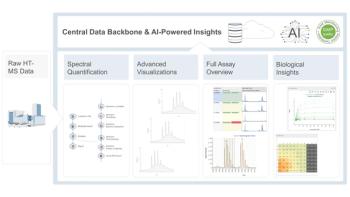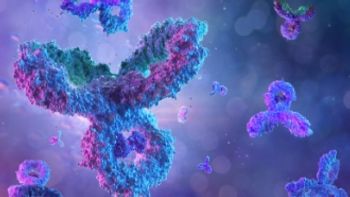
Next-Level PFAS Screening and Identification Using Trapped Ion Mobility Spectrometry (TIMS)
Webinar Date/Time: Tue, Oct 3, 2023 11:00 AM EDT
PFAS present the serious analytical challenge of identifying thousands of low-concentration compounds in complex matrices. High-resolution mass and ion mobility spectrometry enables targeted and non-targeted PFAS analysis, creating a powerful and intuitive workflow for compound identification.
Register Free:
Event Overview
The detection and identification of thousands of PFAS compounds at very low concentrations can present a serious analytical challenge, often aggravated by the complexity of environmental matrixes in which these pollutants are found. Abundance of isomeric and previously unreported PFAS structures can make this task even more difficult. The combination of high-resolution mass spectrometry (MS) with high-resolution ion mobility spectrometry (IMS) allows reliable separation of isomeric PFAS compounds, while highly optimized methods of ionization in combination with collisional cross-section ion filtering provide high levels of sensitivity and analytical accuracy even in a complex matrix. Hardware performance combined with advanced data processing software enables identification of unknown compounds and streamlines a difficult analytical challenge into a manageable workflow.
Key Learning Objectives
- Understand how ion mobility enables high-sensitivity screening in a complex matrix.
- Learn how isomeric separation gives important information for identifying novel PFAS compounds.
- Learn how statistical and annotation tools in MetaboScape create a powerful non-targeted workflow.
Who Should Attend
- Environmental scientists, food scientists, polymer and industrial chemical scientists
Speaker:
Sam Putnam
Applications Scientist
Bruker Applied Mass Spectrometry
Sam Putnam is an applications scientist working in the Applied Mass Spectrometry division of Bruker Scientific. He received his PhD in Environmental Analytical Chemistry from the University of South Carolina, researching harmful algal blooms in lakes and reservoirs. He specializes in environmental, food, and forensics applications at Bruker across the company’s mass spectrometry portfolio, including triple quad, QTOF, ion mobility, and FT-ICR instruments.
Register Free:
Newsletter
Join the global community of analytical scientists who trust LCGC for insights on the latest techniques, trends, and expert solutions in chromatography.





